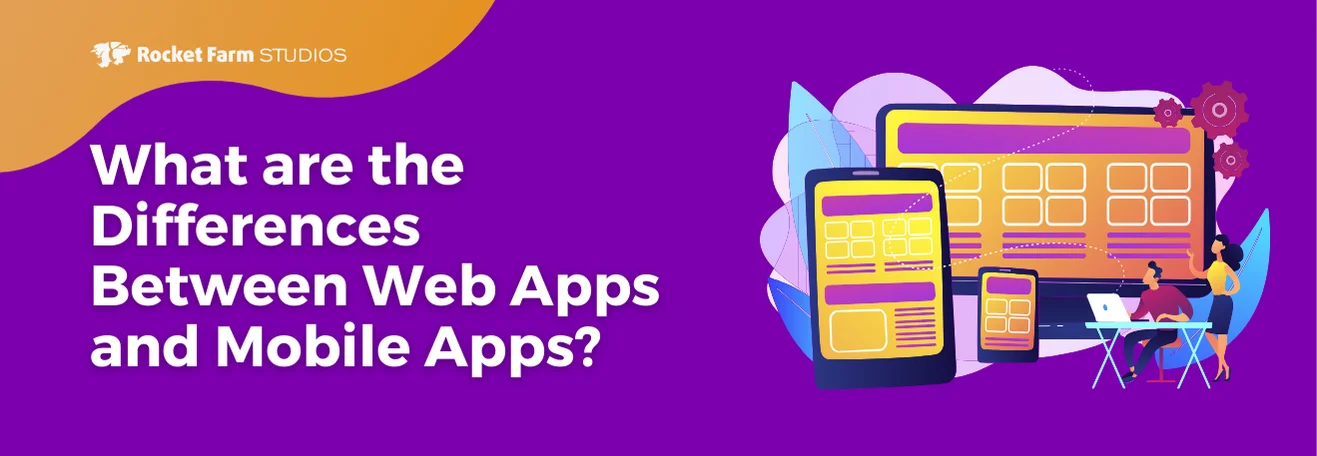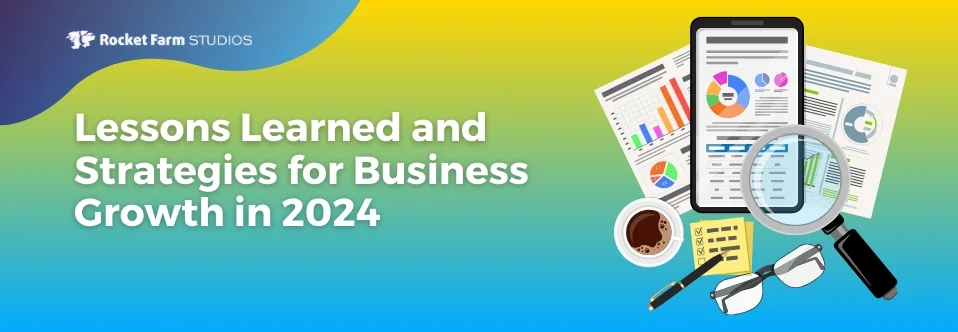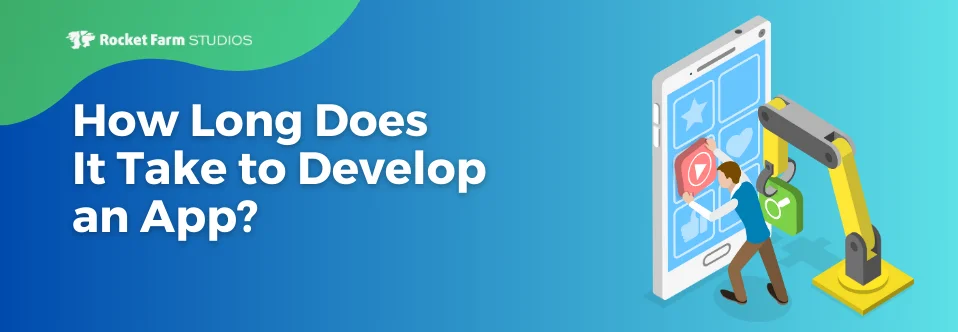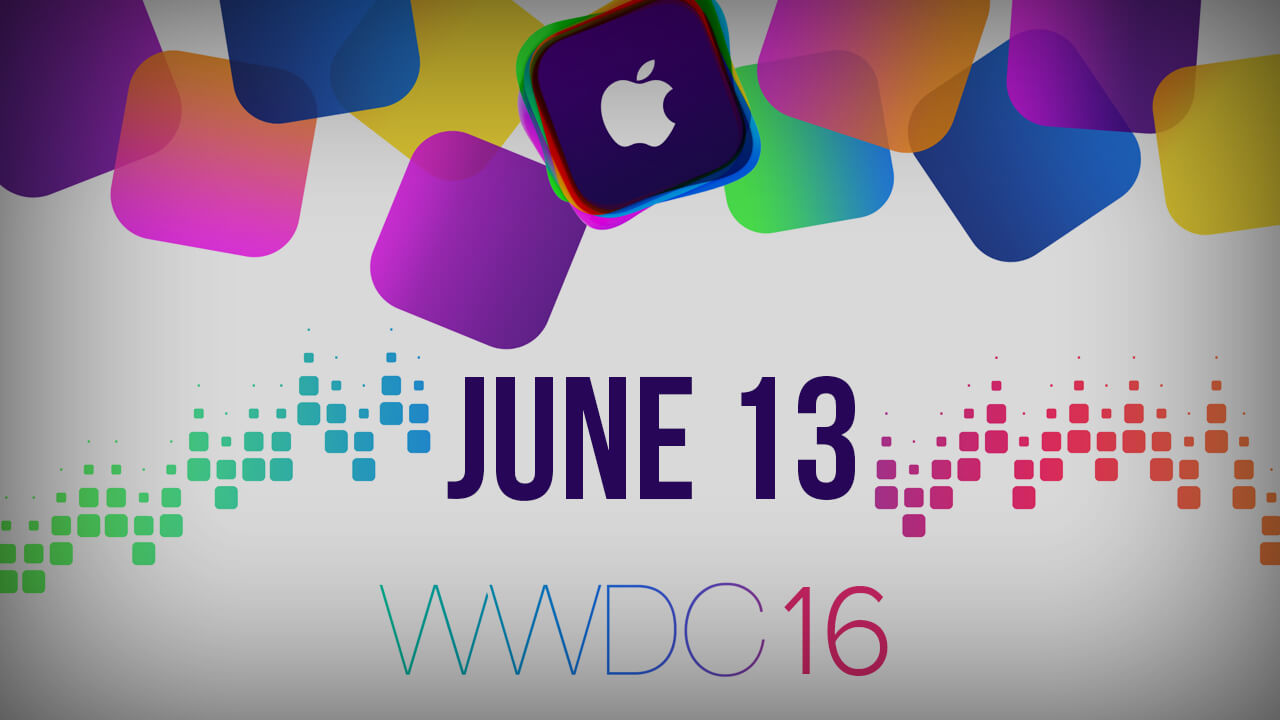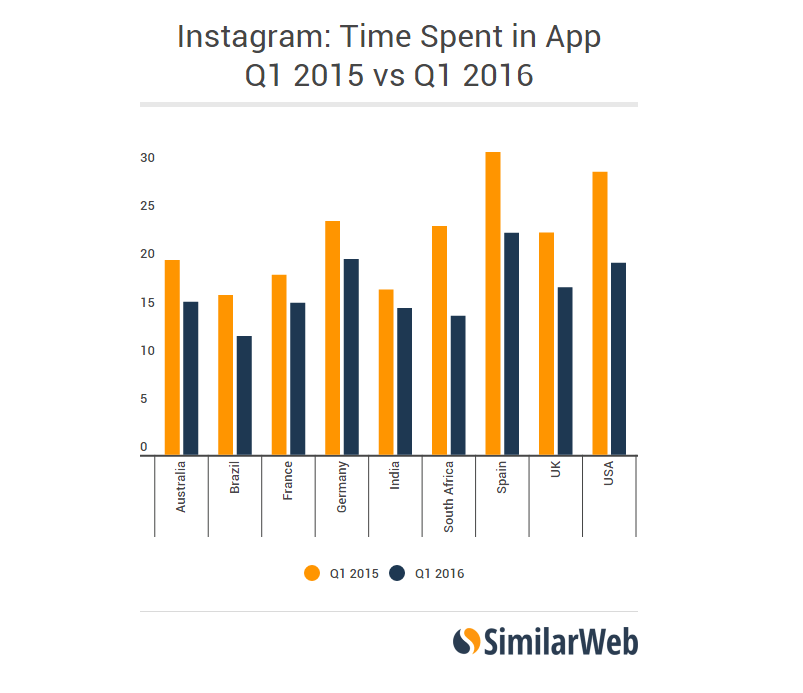
There’s been a lot of great statistics recently concerning mobile apps. Let’s run down the 4 stats that had us thinking about the future of the app development business.
1. Social apps are seeing less usage, globally.

Across nine countries around the world, the time spent in the major social apps have decreased this year from 2015. Facebook, Twitter, Snapchat, and Instagram all saw lower usage, with some countries showing larger decreases than others. For example, Instagram users in the USA saw a huge drop from 29.38 minutes to 19.93 minutes.
SimilarWeb also reported that installs of each app generally saw a global decline comparing March 2015 to March 2016. Business Insider echoed these findings. So does this mean that the general public is getting tired of maintaining social lives on their phones? Perhaps it’s the rash of perceived censorship that’s causing users to log out? It could also be that the generation that made up a large percentage of the users of these apps are growing up and getting busier (for example, it’s no secret that Facebook’s users are getting older).
We’ll have to see if this trend continues, but it’s worrisome for the industry overall if the stickiest apps we have, social apps, are having trouble keeping users’ attentions. And one thing to note about this study: these were only Android users. iPhone users were not included in these stats.
2. Enterprises are dragging their feet on building their mobile apps.
You know that family member who keeps saying they’re going to restore that hot rod but never does? That’s the enterprise segment with mobile apps. A study by Gartner shows that they talk a big game: 42% of enterprises surveyed said they would increase mobile app spending by 31% in 2016. However, in reality enterprises are allocating 2% less than they did in 2015.
The big boys keep promising they’ll invest in their apps, but here’s a nearly identical article from 2014. We keep hearing from industry experts that the enterprise app boom is coming, but it seems to keep stalling.
The bottom line is that offering a great app for a giant business’ potentially tens of thousands of users is a daunting task. Since enterprises want to develop their app from the ground up instead of relying on an existing platform, they know it will cost a great deal of time and money.
If you ask us, that means there are still huge opportunities for the enterprises willing to take the plunge. If your competitors are dragging their feet, you can get your mobile app out first. It’s clear that apps are the future of business. The first-movers will have a tremendous advantage in mobilizing their workforce and creating an engagement platform for their customers.
3. TV advertising boosts mobile app usage.
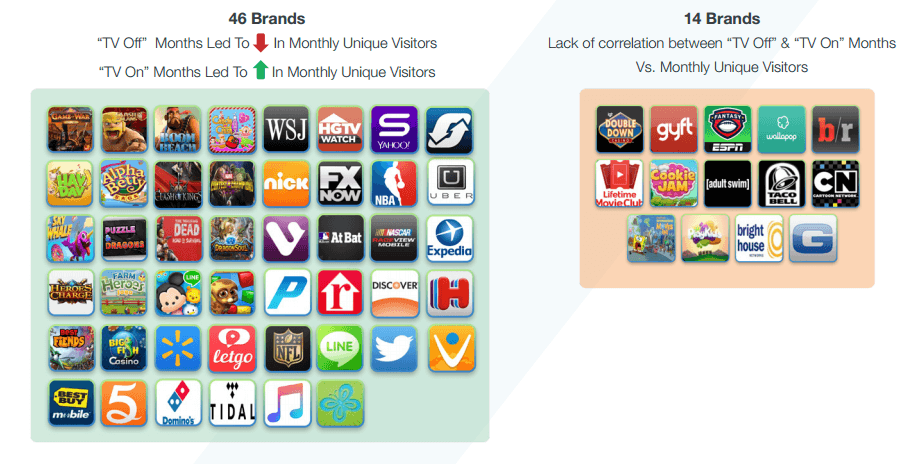
Who said traditional media advertising is dead? A recent report by the Video Advertising Bureau (yes, they might be biased) showed that 46 out of 60 apps analyzed showed a “direct correlation between TV spend and app traffic.”
These apps saw 30% more unique visitors and higher monthly revenues, with gaming apps seeing the biggest lifts. In fact, gaming app makers seem to love TV ads, having spent $630 million on TV advertising in 2015 (up 47% from 2014).
Again, this report is obviously a bit biased. But the numbers do seem to show that if you want a burst of traffic to your app, TV ads can be an efficient use of advertising money, especially for the types of apps pictured on the left side of the image above. When the hot trend is to advertise on other apps where ROI is difficult to gauge, some good old TV ads might see the tangible results you’re looking for.
4. Chain restaurants with great apps see higher sales.
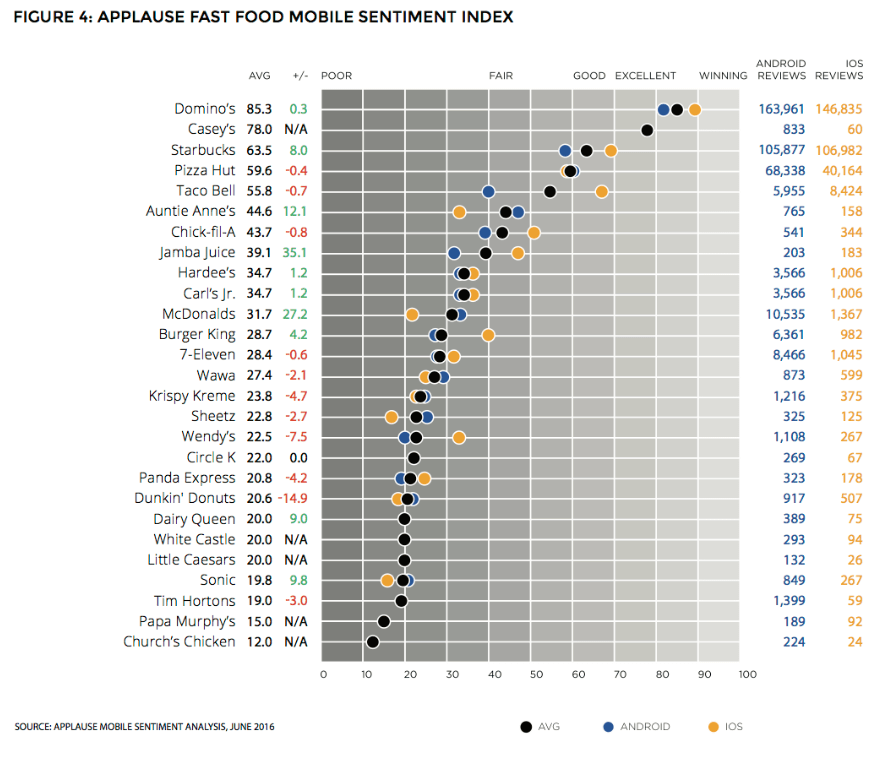
And by “great” we mean well-designed. According to a study by Arc Research, there is a correlation of restaurant apps with higher audience ratings pulling in more revenue directly from their mobile apps. Brands like Domino’s, Starbucks, Pizza Hut, and Taco Bell have well-reviewed apps that handle more transactions than their competitors. For example, more than half of Domino’s US sales are “driven through digital engagement.”
According to Ben Gray, a Digital Experience Analyst, apps received lower ratings for being slow, having defects, lacking key features (like loyalty programs and mobile payments), and “frankly, they also aren’t very elegant or beautifully-designed.” These numbers seem to indicate that investing in an excellent mobile app experience can directly impact the bottom line for those businesses.
Makes sense to us. Chain restaurants are all about small transactions at great volume. That’s exactly where a great mobile app can shine by making waits and lines shorter, pushing coupons, and simply being “top of mind” whenever a user’s stomach rumbles. The easier it is to order a pizza, the lower the barrier is to starting that transaction and earning that revenue. It’s a great lesson for businesses other than just fast food vendors.




